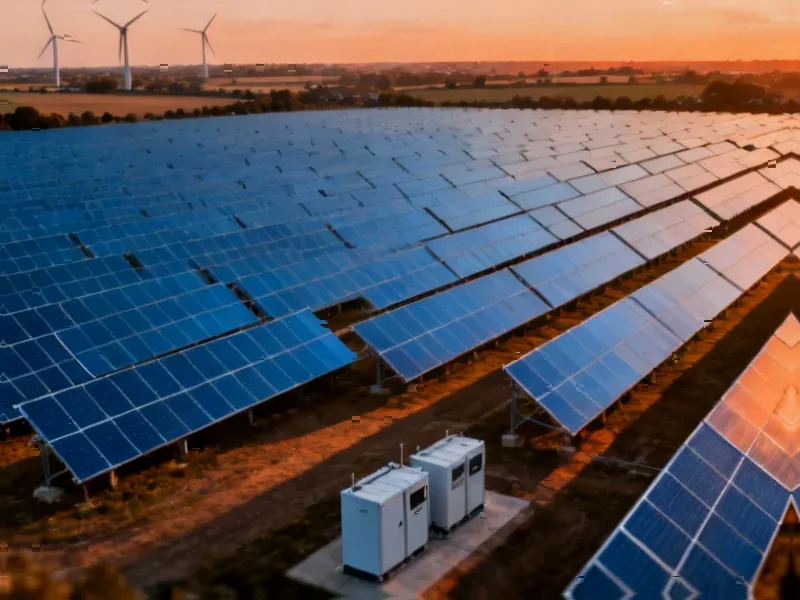According to Utility Dive, Xcel Energy just asked Minnesota regulators for permission to double battery storage capacity at its Sherco coal plant from 300 MW to 600 MW. The utility wants to start construction in 2026 and bring the expanded storage online by late 2027. This would make it the largest battery storage site in the upper Midwest. Xcel also plans to add 135.5 MW at its Blue Lake facility and expand the Sherco Solar facility with another 200-MW array. The projects will use lithium iron phosphate battery technology that discharges energy in four-hour increments. Xcel expects federal tax credits to cover 30-40% of the costs.
The coal plant battery paradox
Here’s what’s fascinating about this move. Xcel is putting massive battery storage right next to a coal plant that’s scheduled to retire in 2030. That seems counterintuitive at first glance – why invest so heavily in infrastructure at a dying facility? But it’s actually pretty smart. They’re planning to reuse existing grid connections, which saves massive costs and time compared to building new transmission lines from scratch. The site already has the heavy-duty electrical infrastructure needed to move huge amounts of power. Basically, they’re repurposing the coal plant’s corpse rather than starting from zero.
How these grid batteries actually function
These aren’t your phone batteries scaled up. Xcel specifically mentions lithium iron phosphate chemistry, which is becoming the go-to for large-scale storage because it’s safer and longer-lasting than other lithium options. The four-hour discharge capability is crucial – that’s enough time to cover evening demand peaks when solar drops off but people are still using lots of electricity. They charge up when renewable energy is plentiful (and cheap) and discharge when demand spikes. It’s like having a massive energy savings account that you can tap into exactly when you need it most.
The utility’s massive transformation
This battery expansion is just one piece of Xcel’s $15 billion capital plan addition announced Thursday. They’re planning 7.5 GW of new renewable generation, 3 GW of new gas plants, 1.9 GW of energy storage total, and 1,500 miles of transmission lines. That’s an enormous shift for a traditional utility. The battery storage specifically helps solve the intermittency problem with renewables – you can’t control when the sun shines or wind blows, but you can control when you release stored energy. It’s becoming the essential glue that holds a cleaner grid together.
Why this matters beyond Minnesota
Look, every utility in the country is watching moves like this. The economics are becoming undeniable – with 30-40% tax credits through the Inflation Reduction Act, batteries are suddenly making financial sense. But there are real challenges too. Can the supply chain handle this scale? Will communities accept these massive installations? And what happens when all these batteries need replacement in 10-15 years? Still, this Sherco project could become a model for how utilities repurpose retiring fossil fuel sites rather than abandoning them. It’s a glimpse into the messy, complicated, but necessary transition happening across America’s power grid.




